1. Gilbert U‑238 Atomic Energy Lab
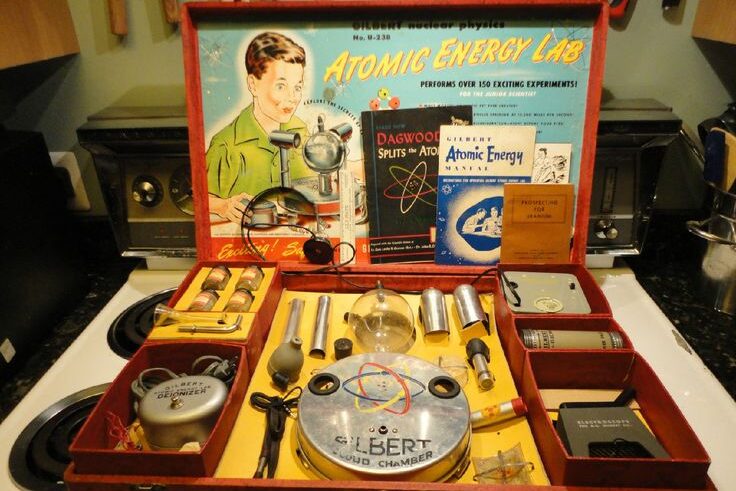
Despite launching in the late ’50s, this uranium kit stayed in circulation well into the ’70s. It included small vials of real radioactive ore, uranium oxide and polonium, and Geiger counters were included.There was virtually no sense of irony: young kids in the backyard measuring radioactivity. Though doses were low, the concept of children freely handling radioactive materials seems unbelievable today. Collectors sometimes still find these sets, but modern standards ban them outright.
2. Clackers
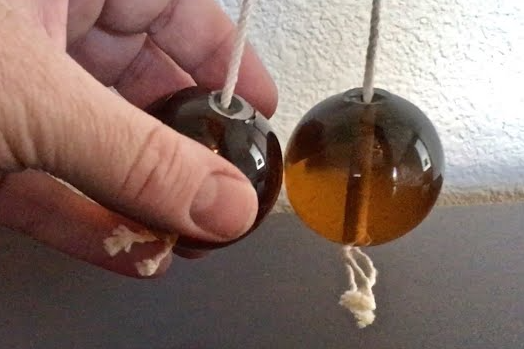
Clackers were two hard acrylic balls on a string that kids swung overhead to “clack” them together in rhythm, until they shattered into shards that caused bruises, black eyes, or worse. Despite “shatterproof” labels, many broke mid‑play and sprayed dangerous plastic bits. By the early 1970s, the U.S. FDA and CPSC banned those acrylic versions after a federal seizure of thousands of the toys and numerous injury reports, including cuts, concussions, and even nos bleeds, as shards flew unpredictably.
3. Lawn Darts (Jarts)
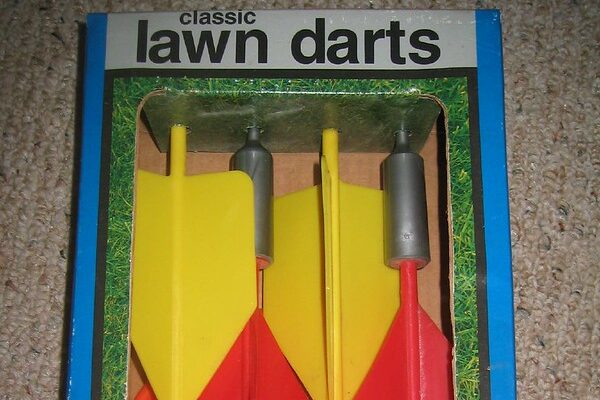
These were oversized darts with heavy metal tips, thrown across yards toward ring targets. Tossing them underhand seemed fun, until one lodged in someone’s head. Derogatory reports flooded emergency rooms. Between 1978 and 1986, over 6,100 Americans suffered injuries requiring hospital visits, more than half were kids under age 15, many with head or eye trauma. Three children died, prompting the U.S. Consumer Product Safety Commission to ban lawn darts in December 1988; they are still banned in Canada too.
4. Creepy Crawlers Thingmaker
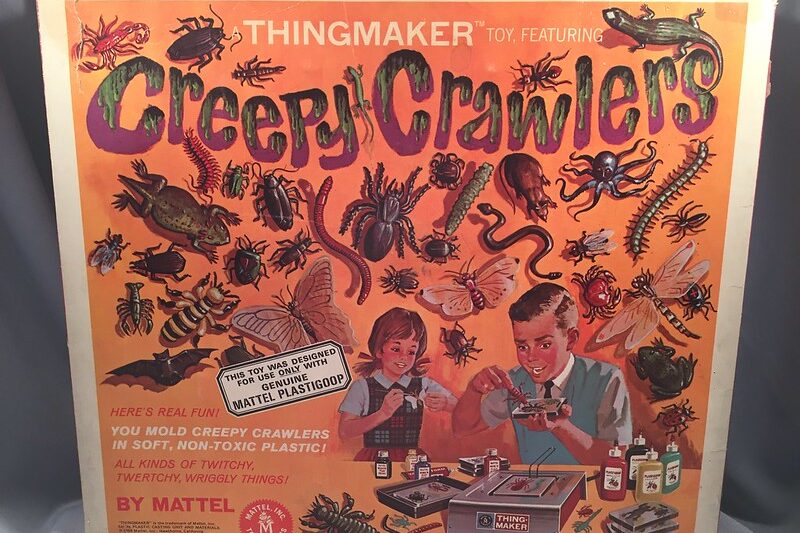
Mattel’s Thingmaker (“Creepy Crawlers”) heated liquid plastic molds to around 390 °F (≈200 °C), which commonly caused burns from hot molds or molten goo. Reports from users and coverage confirm frequent burn injuries because the resulting creations smelled toxic and could burn little hands badly. While marketed as creative fun, parents soon realized that heating plastic for toys was less playful and more perilous in pre‑safety‑label days.
5. Easy‑Bake Oven (Original Version)
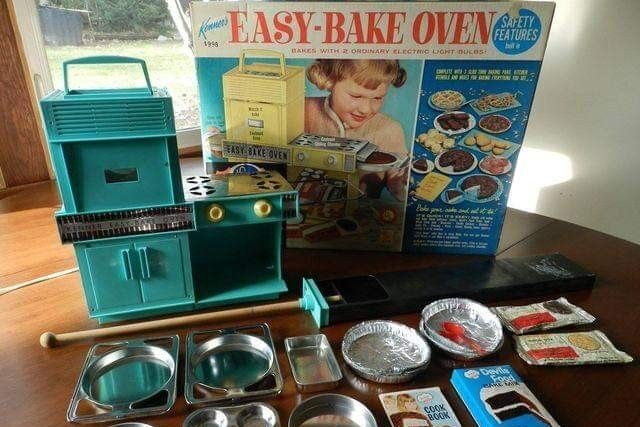
The original Kenner Easy‑Bake Oven used a light bulb or small electric element hot enough to bake cake, and also pop popcorn kernels and burn curious fingers. Kids delighted in making miniature desserts, but handfuls of children suffered first‑ or second‑degree burns reaching into the hot chamber. Despite recalls and redesigns in later decades, the original ’70s model would never meet today’s strict toy safety heat‑barrier standards.
6. Galactica Missile‑Firing Toys
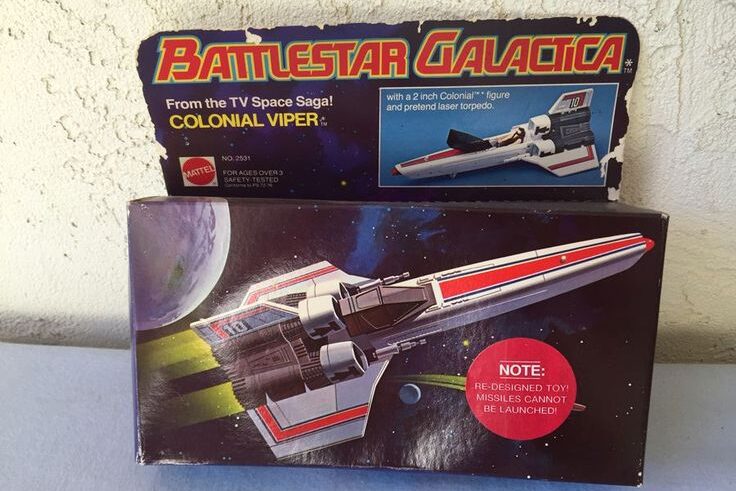
Back in 1978, Mattel’s Battlestar Galactica Colonial Viper and Cylon Raider toys shot tiny spring‑loaded red missiles that, tragically, led to the choking death of a four‑year‑old and another child requiring lung surgery after inhaling one. The CPSC swiftly organized a recall program offering free Hot Wheels cars in exchange for the missiles, and Mattel redesigned the toys later that year so no missile could actually launch. This sad incident forever changed toy safety: packaging began carrying choking‑hazard warnings, and toy projectiles became much more restricted.
7. Shrinky Dinks (Oven Version)
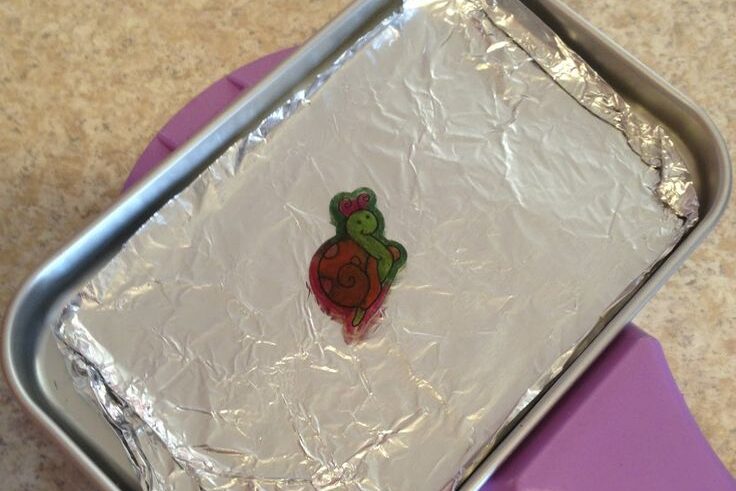
Shrinky Dinks are plastic sheets kids colored and baked at home at around 325–350 °F, then shrank into tiny tokens of delight, but also released styrene fumes and posed burn and inhalation risks. While acute poisoning cases appear to be virtually zero, decomposing polystyrene emits potentially toxic vapors, and the hot trays and curled plastic caused burns or respiratory irritation in poor‑ventilated kitchen settings. Though marketed as non‑toxic, modern perspectives question that label, especially considering guides today strongly recommend adult supervision, good ventilation, and protective gloves for safe use.
8. Metal Playground Slides
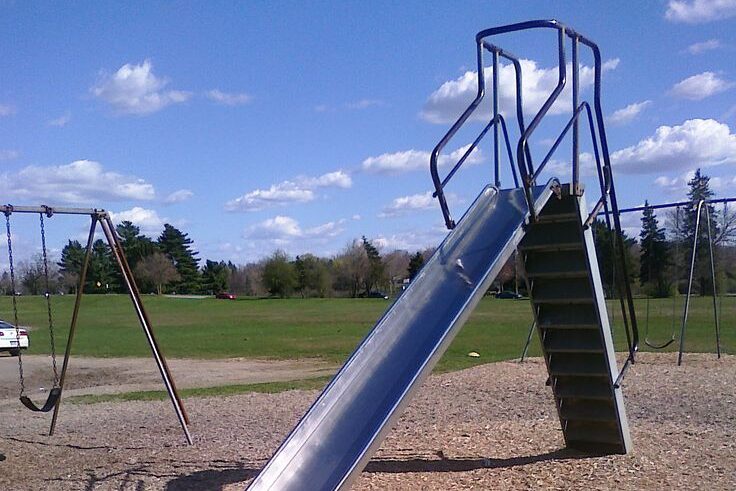
Not technically toys, but ubiquitous in ’70s playgrounds, tall uncoated metal slides quickly heated to scorching temperatures, often over 160 °F, under the sun. Sliding down bare skin during a hot summer day could result in painful second‑degree burns on legs or thighs, and no safety padding or shade meant such injuries were common. Climbs were steep too; children slipped through gaps in railing, falling from heights as tall as 12 feet, incidents that triggered lawsuits and helped spur reform of public playground safety standards.
9. Chemistry Sets with Real Chemicals
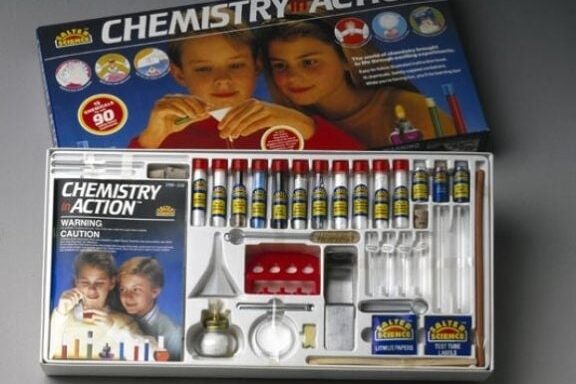
Classic chemistry sets often came with powerful and regulated substances such as blowtorches, iodine solutions, potassium ferrocyanide, alcohol burners, and even uranium ore. Kids were expected to handle hazardous reactions, produce gases, and heat glass tubes, all unsupervised by modern standards. The result: chemical burns, toxic inhalation, accidental fires, or experimentation gone wrong. These risks, combined with legal liability fears, prompted sweeping safety legislation in the 1960s–70s that stripped out the most dangerous contents and gradually made chemistry kits far more benign and instruction‑only.
10. B.B. Guns
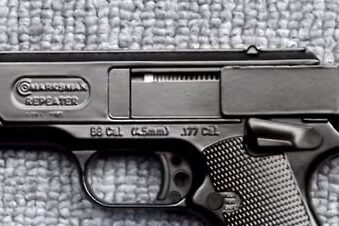
Marketed as starter rifles for responsible kids, B.B. guns were powerful enough to shatter windows, injure teeth, or penetrate skin and eyes, even cause permanent vision loss. Yet they were sold widely and used without much parental supervision. Many stories emerged of eye injuries and painful accidents, especially when kids pointed them at peers or family members. The raw kinetic energy behind those steel or lead BBs made them far from harmless toys, and today regulators require stricter controls, warnings and age guidelines. While still available, modern versions emphasize safety glasses, lower velocities, and clear usage instructions to prevent the kinds of mishaps that were common in the ’70s.
This story 10 Classic Toys From the ’70s That Were Way Too Dangerous to Exist Today was first published on Daily FETCH


